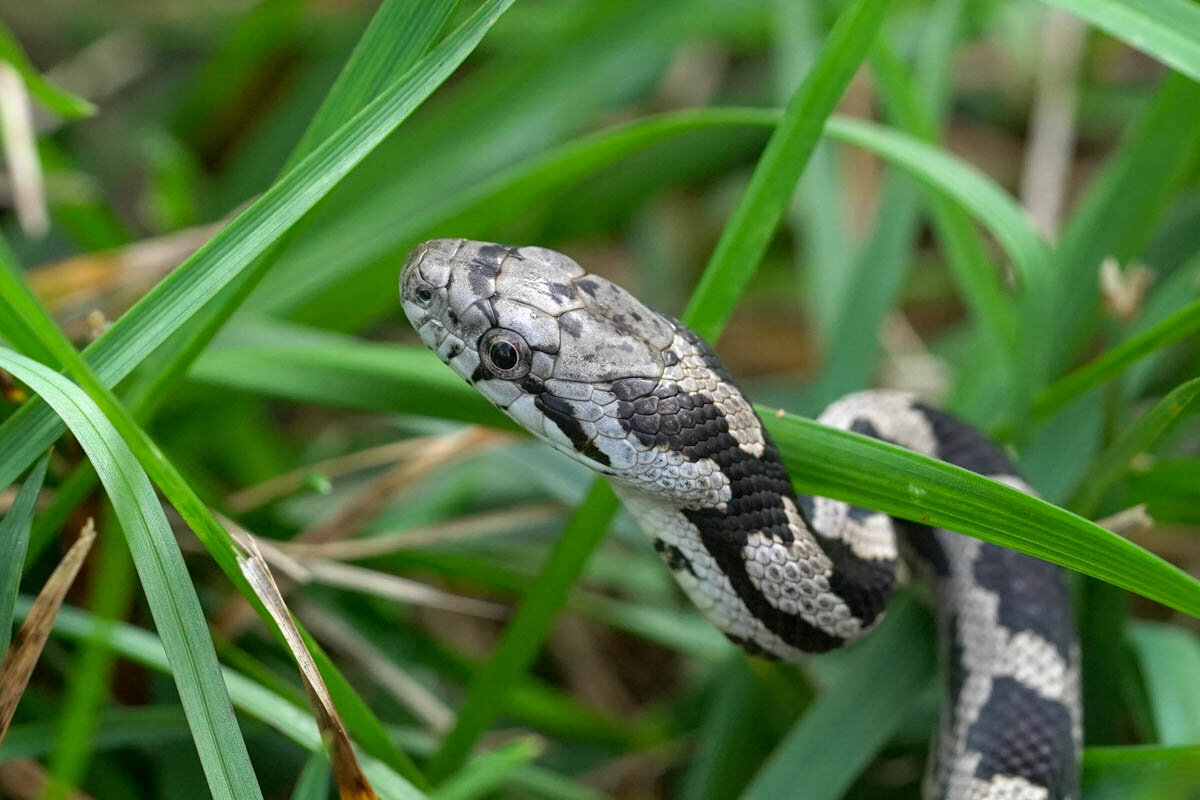

The Early Bird Catches the Worm
This early bird has arrived in Southwest Virginia and searching your fields and lawns for worms.

Remote Rally Update!
The Mt Rogers Naturalist Rally: Backyard Edition is off to a fantastic start! It is delightful to have so many participants in our iNaturalist project. We love seeing you getting outside to Explore, Discover, and Share with us.

The Blue Ridge Turning Green
The predominant color of middle May in the Blue Ridge mountains of SW VA is green.

Spring Peeper (Hyla crucifer)
Most of us recognize the high shrills of our spring peeper as a significant harbinger of spring. These are our first frog breeders, sometimes beginning as early as late February, but most commonly mid-March. For this important event in the ongoing life of peepers, the tiny frogs migrate to vernal pools, and pond and stream edges in meadows and woodlands, where the competition for mates commences.